How do emergency departments respond to ambulance pre-alert calls? A qualitative exploration of the management of pre-alerts in UK emergency departments
Emergency Medicine Journal
DECEMBER 30, 2024
Background Calls to emergency departments (EDs) from ambulances to alert them to a critical case being transported to that facility that requires a special response (‘pre-alerts’) have been shown to improve outcomes for patients requiring immediate time-critical treatment (eg, stroke).



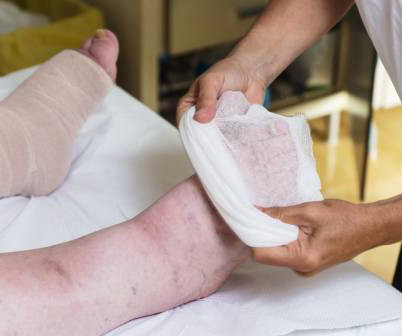





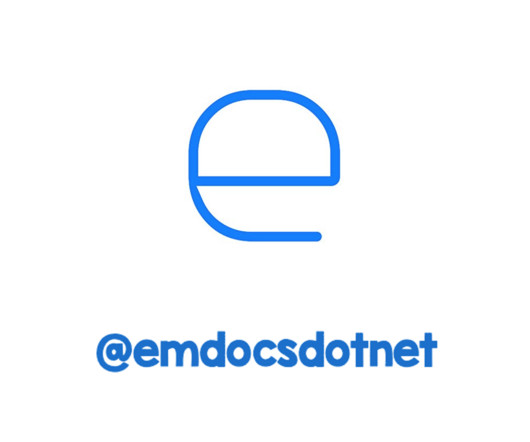



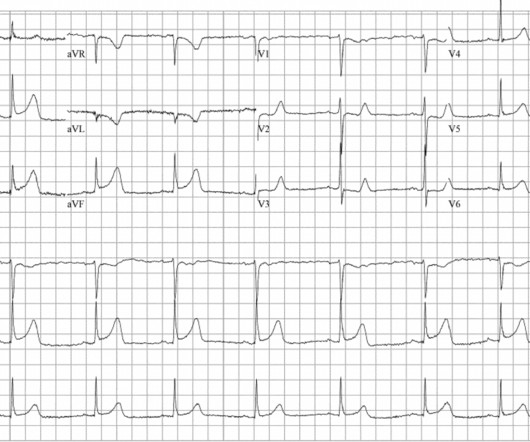








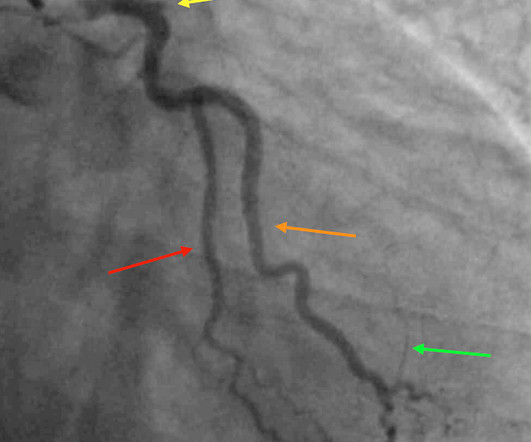















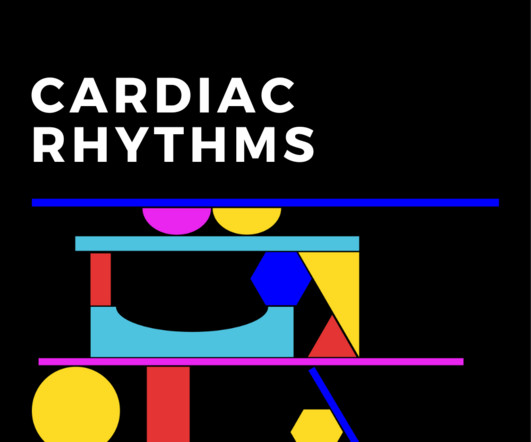




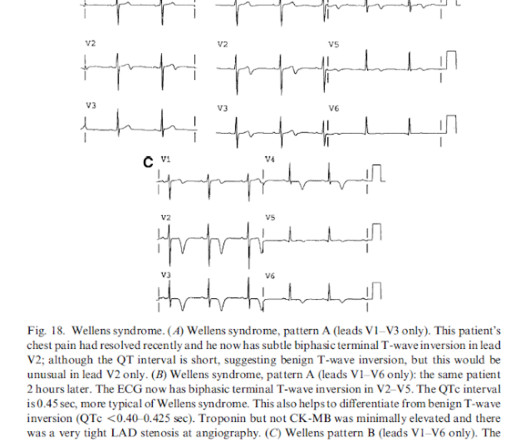







Let's personalize your content